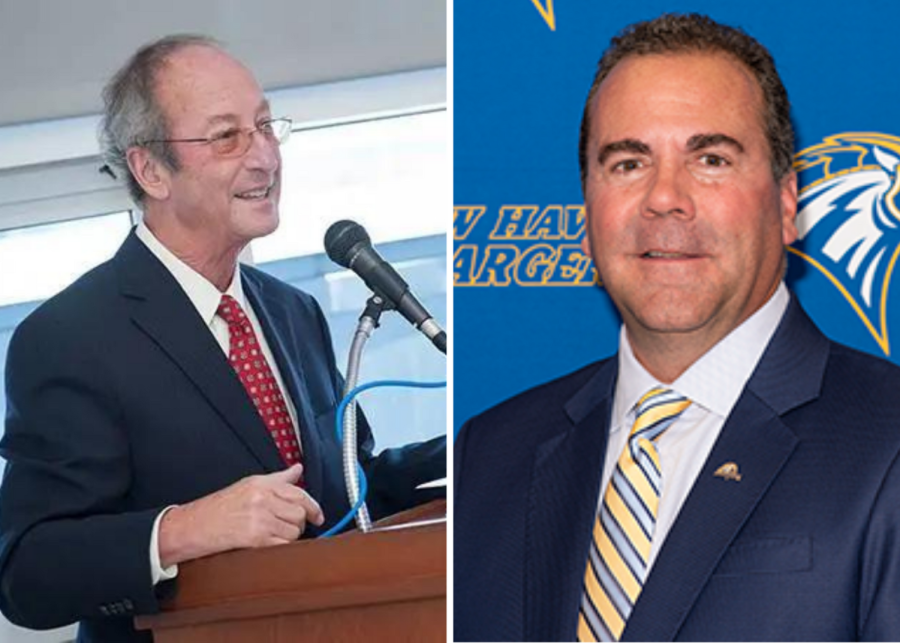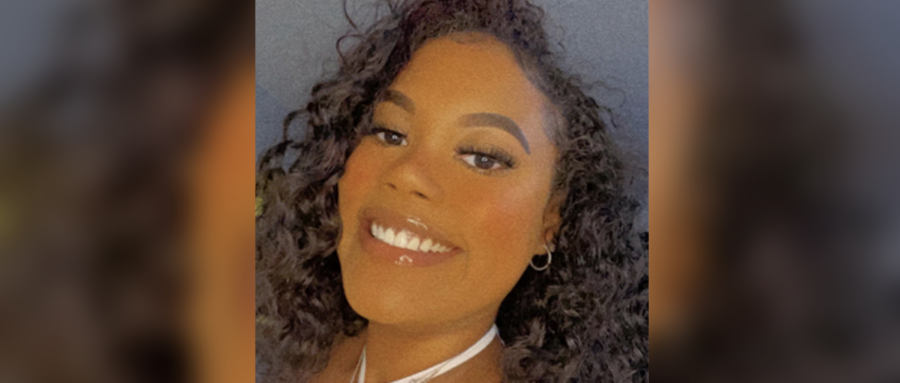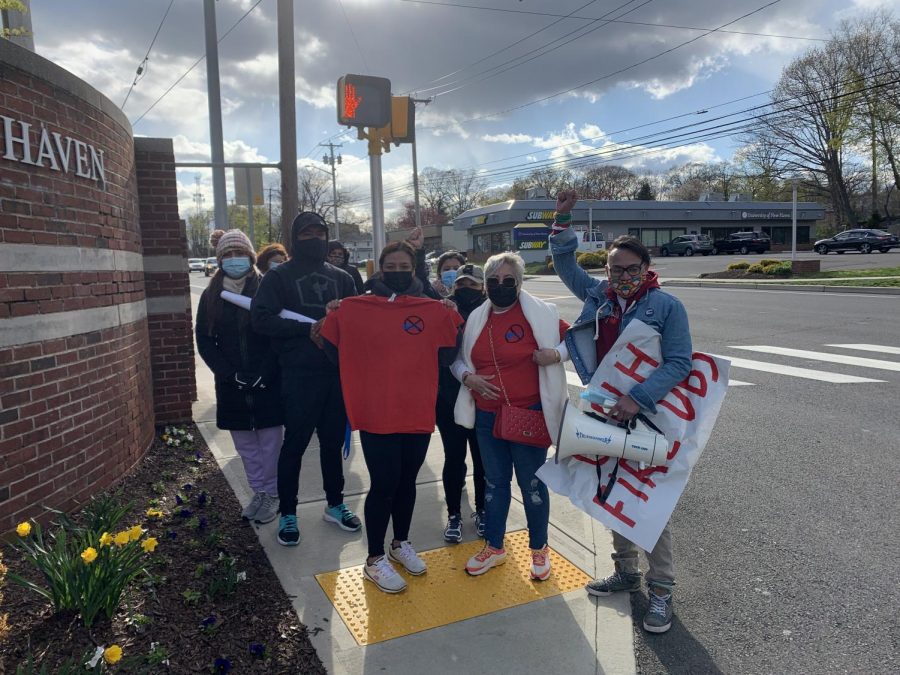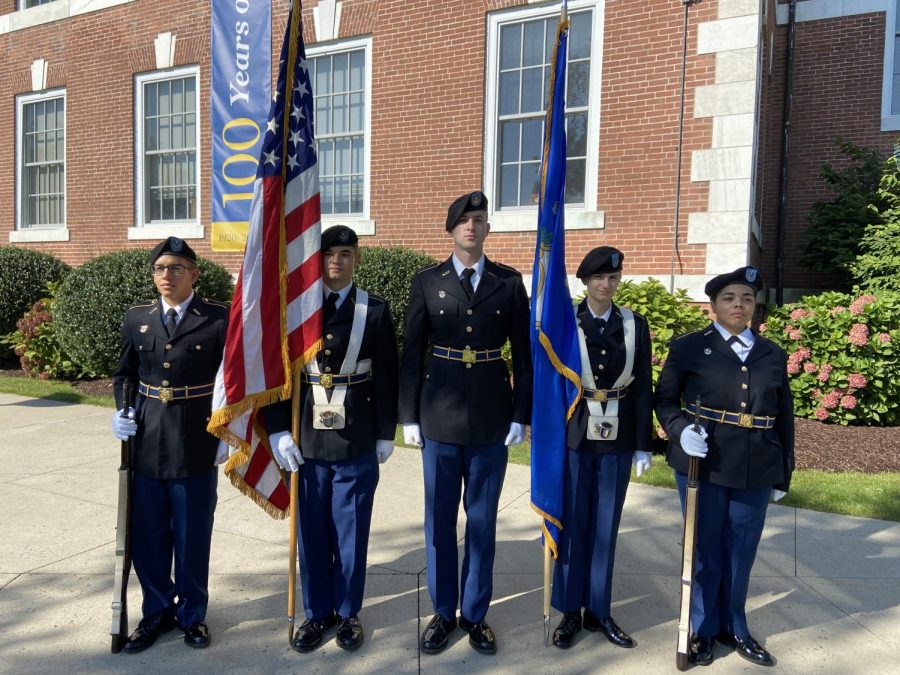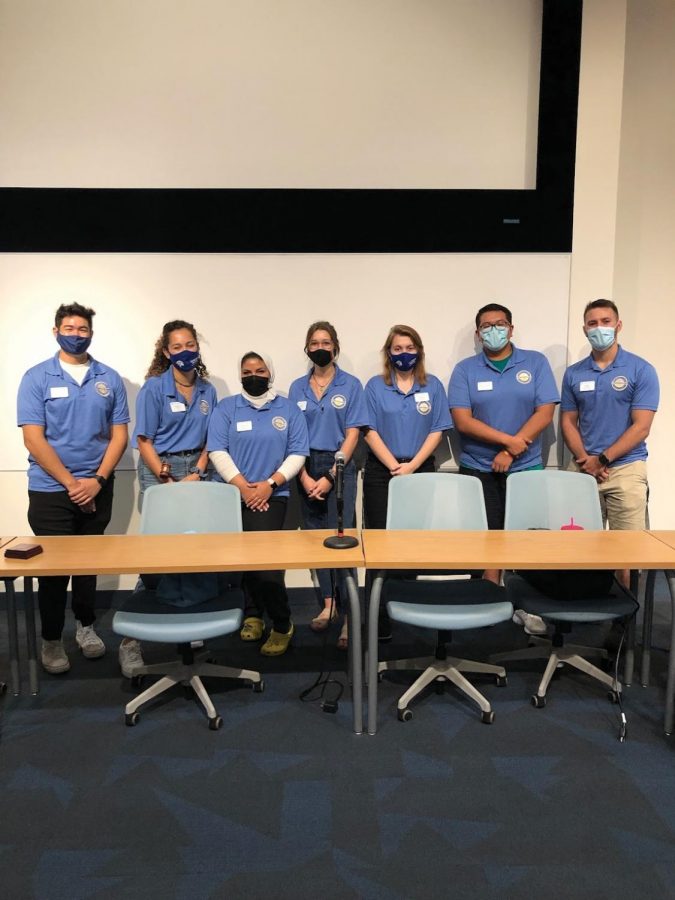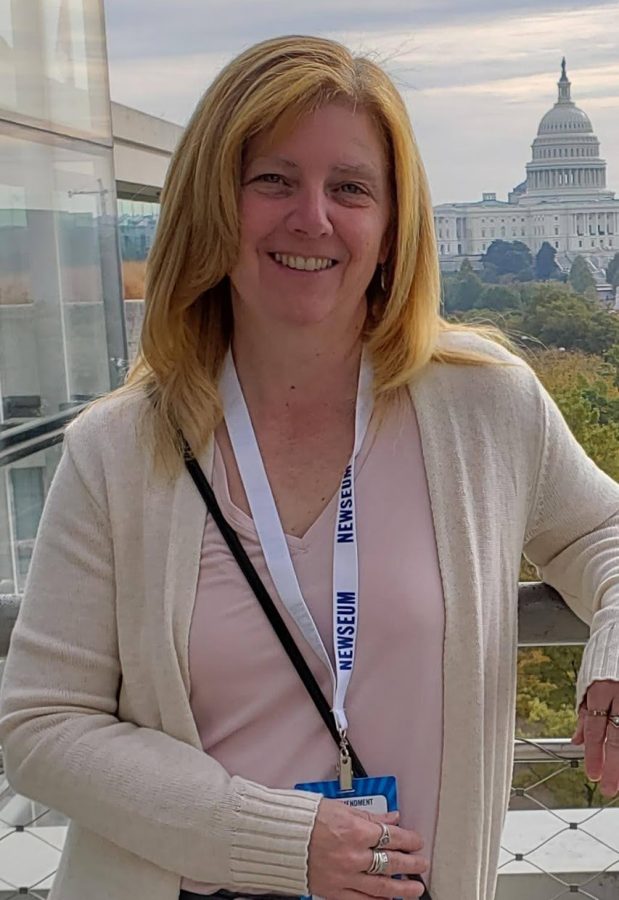The twelfth annual Holocaust Remembrance Ceremony on April 14 at the University of New Haven’s Bucknall Theater was held in memorium to those who lost their lives during World War II.
Music played softly from the cello and piano on the side of the stage; the first song, “The Partisan Song,” brought the crowd to silence.
The Provost, Daniel May, began the ceremony. He spoke about the loss of human life totaling as much as two-thirds of the Jewish population. May went on to talk about the various programs at UNH that navigate such issues, like the Tolerance Club, the Oskar Schindler course, and the Genocide in Modern Times class. Ira Kleinfeld, a professor of industrial engineering, gave the introduction and explained the reasoning for the eight candles on the stage.
Students came to the stage and read a passage together from the Diary of Anne Frank. After the students read, eight students went on stage and lit the candles. The first six candles represent the six million killed Jews, the seventh for the righteous individuals who risked their lives to save others and the eighth for all the others who perished; the gypsies, homosexuals, and other ethnicities who were targeted for annihilation by the Nazi party.
Three students performed a live artistic rendition of the poem, “Shema,” by Primo Levi who was a German chemical scientist who committed suicide after his involvement in the Holocaust.
Rabbi Philip Lazowski had saddening memories to share with the audience. He started by saying that to hear a witness is to become a witness. It is our duty as people to learn our past and prevent these atrocities against humankind. The Rabbi asked the audience to learn history He told us his story, of being surrounded by Nazi soldiers, hiding his family in a nearby cave only to have them discovered and witnessing his brother being shot as he tried to run away. He was later saved by a nurse but was rounded up into a theater where his captured mother pushed him from a window to save his life. The last words she spoke to him were, “tell the world and be somebody.”
He moved into the woods with his father, who had survived alone until then, but stated that “as many as 80 percent of those who tried to escape into the woods were found and killed or died of starvation and disease.”
Countries across the globe turned away Jews seeking refuge but his remaining family was lucky and able to move to New York. Lazowski went on to study in rabbinical school and marry into the family that had helped him avoid capture years before.
Music played again as the event concluded. Faculty read names during a slide show of victims related or known by the people of UNH.



